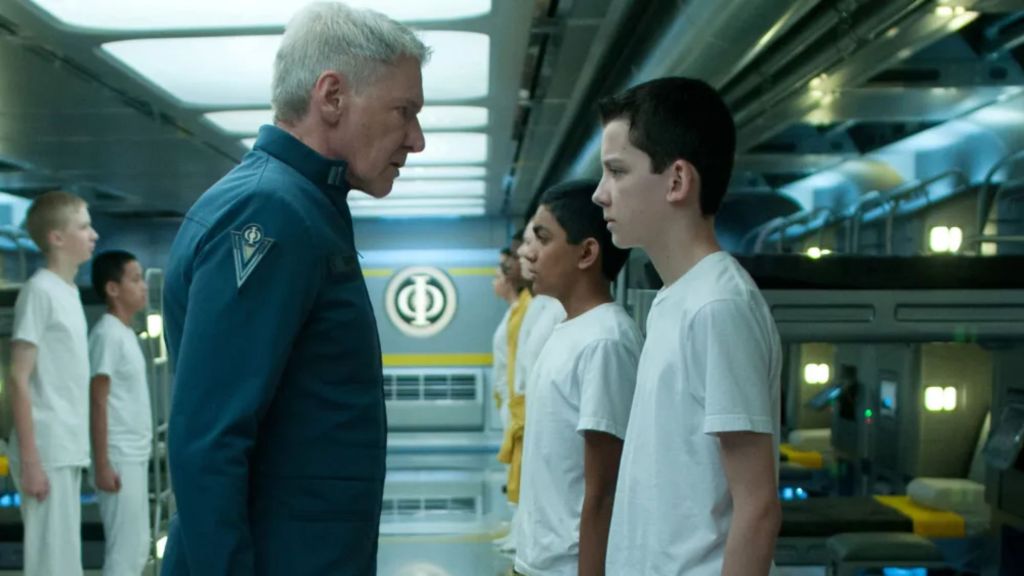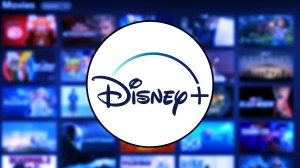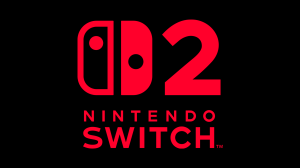Harrison Ford is a franchise maker. After bringing his charisma to George Lucas’ space opera film Star Wars, he returned for two direct sequels and two other films in the franchise that explored Han Solo further, and he didn’t even like the character. Indiana Jones, on the other hand, is Ford’s baby; he’ll take any oppurtunity to talk about how much the professor means to him. It also seems like he’s always game to return for another entry, even as he gets up there in age. However, as great as Ford is in both Han and Indy, those two roles always dominate the conversation, which isn’t fair to the rest of his resume.
Videos by ComicBook.com
Throughout his career, Ford brought his A-game to countless movies, most of which were one-offs that allowed him to come and go without much fuss. There are a few outliers, though, such as Blade Runner, which seemed unlikely to go beyond a single entry. Of course, Blade Runner 2049 arrived 35 years after the original and, despite struggling at the box office, fired on all cylinders. Another Ford vehicle set in the future wasn’t so lucky, as it failed to make any dough and didn’t land with viewers.
Harrison Ford Was Brought in to Provide Stability to a Complicated Story

The late 2000s and early 2010s saw Hollywood search far and wide for stories that could create massive franchises appealing to younger audiences. There was Twilight, The Hunger Games, The Maze Runner, and so much more. None of those movies leaned too heavily into sci-fi elements, so Summit Entertainment saw an opportunity to carve out its own niche by adapting Orson Scott Card’s novel Ender’s Game for the big screen. But the movie couldn’t just cast anybody in its mentor role, as Colonel Hyrum Graff was far more than just a calming presence for the titular character.
Ender’s Game focuses on humanity’s reaction to an alien threat in the distant future. After staving off an invasion, the International Fleet trains gifted children to command their fleet, preparing them for all the different challenges that may come their way in the future. Graff takes a liking to Ender, an exceptional young man who proves to be more capable than his peers. After pushing Ender to his limits, Graff secretly places his pupil into a real combat situation that ends with the aliens’ homeworld being destroyed. The betrayal understandably hurts Ender, and the end of the movie sees him travel into space to give the species he wiped out a second chance. Unfortunately, Ender never got the opportunity to complete his mission because his movie couldn’t keep the engine running long enough.
Staying the Course Would’ve Helped Ender’s Game in the Long Run

After receiving mixed reviews, Ender’s Game struggled at the box office due to poor word of mouth, grossing $125 million on a reported $115 million budget. That might seem like a win because the studio made more money than it put into the project, but the initial budget doesn’t account for marketing costs. At the end of the day, Ender’s Game lost the studio nearly $70 million, making it a major box-office bomb. Obviously, sequel plans were dropped after the numbers came in, even though a script was ready to go for an adaptation of Ender’s Shadow. The risk was just too high for the powers that be. However, they might have made a big mistake.
Ender’s Shadow isn’t a typical sequel; it follows a character named Bean that appears in the background of Ender’s Game and goes through a lot of the same trials that the titular character does. If the studio had cut the budget a bit for the follow-up, everything was in place for a more successful second attempt, especially because certain members of the cast, such as Asa Butterfield and Hailee Steinfeld, were starting to gain more notoriety. Hollywood isn’t known for patience, but Ender’s Game had franchise potential if the right button had been pushed.
What do you think? Leave a comment below and join the conversation now in the ComicBook Forum!









